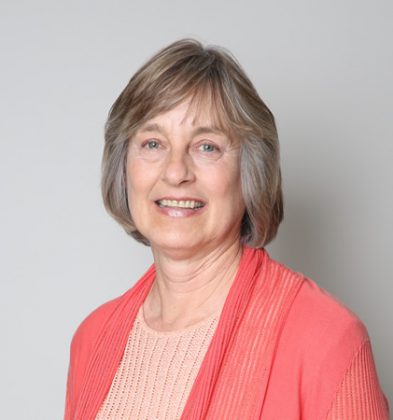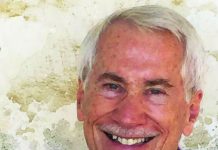Hungry for History

Every place, every city has a history—some more compelling than others, some made more compelling by efforts of its citizens to keep history alive. Aliso Viejo, even though its name translates as “old Aliso” referring to the creek or literally “old alder or sycamore tree”, is thought of as the new city on the block, going back only 42 years to 1979 when the development was approved by the County. The first residents moved in in 1982. It was incorporated in 2001, but the history of the area goes “way back” and it’s linked in many ways with Laguna Beach history.
In 1842 Juan Ávila and his sister Ascensión received a grant from the Mexican government of 13,000 acres of so-called vacant Mission lands which became Rancho Niguel. This ranch and other later homestead claims were consolidated by the Rawson brothers in the 1880s. Eventually circa 1890 these areas were purchased by Lewis Moulton to form the 21,723 acre Moulton Ranch. Land from the ranch was sold to create Leisure World (now Laguna Woods), Laguna Hills, Laguna Niguel, and parts of Dana Point. The last area to develop was Aliso Viejo. Edges of the Moulton Ranch became assets to Laguna Beach in the form of Moulton Meadows Park, the site for the Coastal Treatment Plant in Aliso Canyon, and Mrs. Moulton (Nellie Gail) made her home on Moulton property adjacent to upper Three Arch Bay. She also financially supported the Art Museum, Laguna College of Art and Design, and the Playhouse with the Theater being named Moulton. As a part of the Aliso Viejo development approvals Aliso and Wood Canyon Wilderness Park was dedicated, a critical part of the Laguna Greenbelt.
Driving down Aliso Creek Road, Aliso Viejo’s main street, wide, speedy, and generously landscaped on the sides and medians, we see modern industrial parks, shopping centers and apartment complexes. That’s the impression most of us have. But last Wednesday I experienced a contrasting view, hidden away, off the main street and near Aliso Creek. The city has created a historical park, Aliso Viejo Ranch, on 7.7 acres, the last remaining open parcel of the Moulton Ranch. It celebrates the area’s ranching past, along with orchards, vegetable gardens and a glimpse of modern agriculture with a hydroponic farm.
An opening night barbecue featuring history demonstrations and displays, included introductions from Moulton family member, Jared Mathis, great-grandson of Lewis and Nellie Gail Moulton, and comments from Aliso Viejo city councilmembers. I was astounded at the vision and dedication it must have taken to produce this hidden gem. It had somehow been created without a lot of regional fanfare and controversy.
City Manager David Doyle explained though, that the future of the property had been debated for 18 years within the city. This parcel had been used as the headquarters of the development company and was inherited by the city. Still remaining were a bunkhouse, a shed, and much antique farm equipment and tools from Moulton Ranch days. Once a year the city would hold Founders’ Day when the equipment would be on display and the community would gather to celebrate the beginning of the city. The rest of the time the area was unused. A Boys and Girls Club facility was proposed, but was financially infeasible and would have cleared the whole site. The Environmental Impact Report peer review revealed the significance of the historic resources on the property and the city decided to take an innovative approach that would preserve those resources, feature agriculture both past and present, and bring together community partners—the local schools, Soka University, and the Moulton Museum. Designed by Laguna Beach historical architect Jim Wilson of 30th Street Architects and Doug Groves landscape architect, the execution of the concept is fitting and inspiring.
The city invested $2.5 million in the facility, but now it is self-supporting from events and recreation classes. The farmer, Aaron Flora, grows vegetables and fish hydroponically and donates produce to South County Outreach food bank. He also offers events and classes and those support the agriculture operation.
A forward-thinking city council and city manager, with the support of the community has created a model historic and agriculture-focused facility. They found their history and made the most of it. We live amidst our history every day, yet struggle to preserve it. We in Laguna Beach seem to spend too much energy arguing and not enough doing. Can we use this example and think about creative ways to make the most of our heritage and use it for inspiring our future?
Ann is a landscape architect and former Laguna Beach mayor. She is also a long-time board member of Village Laguna, Inc.




